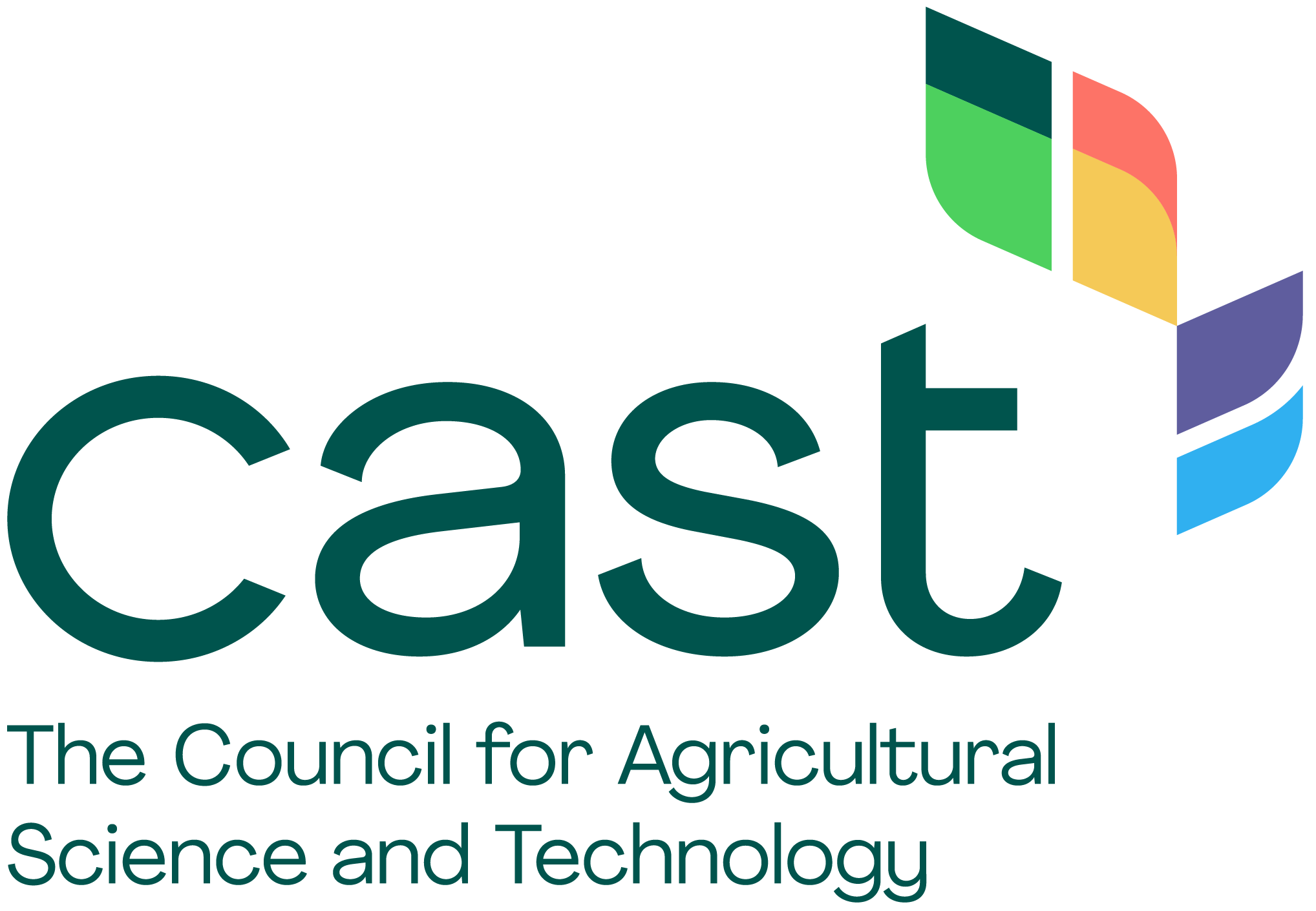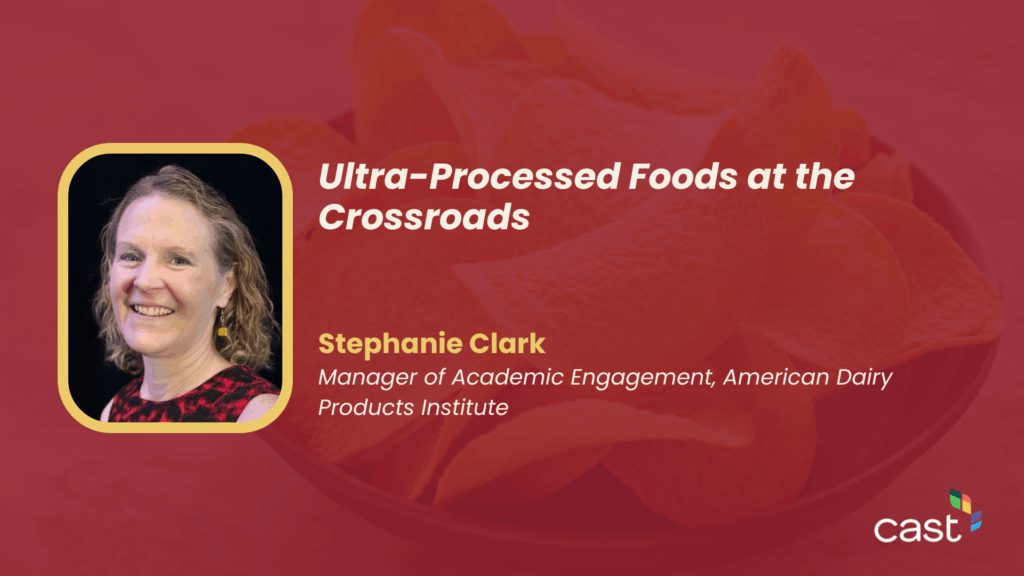By Richard Brain
Syngenta Fellow, Environmental Toxicologist (Science Strategy) at Syngenta Crop Protection
The connection is not intuitively obvious, however, within the realm of pesticide registration in the United States (U.S.) under the Federal Insecticide, Fungicide, and Rodenticide Act (FIFRA), as administered by the U.S. Environmental Protection Agency (“EPA” or “Agency”), and by legal (compliance) association, the Endangered Species Act (ESA), as administer by the U.S. Fish and Wildlife Service and National Marine Fisheries Service (collectively the “Services”), the nexus may surprise you.
Registration of a pesticide active ingredient by the EPA under FIFRA, which is considered a federal action, must also comply with the ESA. The Agency is required to conduct an ecological risk assessment to evaluate the potential risks posed by this action to threatened and endangered (“listed”) species, which are protected by federal law under the ESA. This assessment is referred to as a biological evaluation (BE). If it is determined that the action (i.e., pesticide registration) may affect and is “likely to adversely affect” listed species, and/or modify their critical habitat, the Agency must enter into formal Section 7 consultation with the Services. Subsequently, the Services issue a biological opinion (BO) regarding the species-by-species determinations, and the pesticide label is modified accordingly. At least hypothetically, that’s how it’s supposed to work in a nutshell.
Where things get complicated concerns the relative sophistication (i.e., tier) of the risk assessment performed, as well as the quality and relevance of data relied upon to render risk assessment conclusions. Generally speaking, within the tiered risk assessment hierarchy, the BE performed by the Agency rarely progresses beyond a screening-level (i.e., tiers 1 to 2) assessment, whereas higher tiers (e.g., tiers three and 4) consider additional information including refined exposure and effects modelling, monitoring data, non-guideline laboratory and field studies, as well as additional lines of evidence evaluated in a quantitative (versus qualitative) risk assessment framework, necessitating expert judgement. Advantages of screening-level risk assessments include efficiency/automation, simplicity, standardized format, prescribed inputs, consistency, and conservatism. Disadvantages include lack of precision and accuracy (e.g., higher uncertainty), oversimplification, potential exclusion of relevant data, limited necessity for expert judgment, and, yes, conservatism.
Screening-level risk assessments are intended to minimize Type-II errors, that is, erroneously concluding no significant risks exist when, in fact, they do. However, this artificially inflates the Type-I error rate, that is, erroneously concluding significant risks exist when, in fact, they don’t. This is referred to as erring on the side of caution. At least in principle, moving along the spectrum from screening-level to higher-tier risk assessment, where uncertainty is reduced and confidence is increased by virtue of enhanced realism/relevance, potential risk should become better defined. Moreover, within the screening-level paradigm, data are often highly prescribed, conforming to standardized guidelines, and generate consistent, reproducible, and template-oriented outcomes. However, higher-tier and non-guideline data do not fit neatly into this box. Furthermore, multiple potential endpoints may exist for a given risk assessment input, so what constitutes the “best available” option? Although the EPA has provided direction on this issue, the process is often not transparent and/or consistent.
Why does all this matter, and what does it have to do with agriculture? Recently, the EPA issued guidance in the form of “strategy” documents (e.g., the Herbicide Strategy and Insecticide Strategy, etc.) to streamline the necessity for Section 7 consultation with the Services by proposing an approach whereby mitigations can be adopted a priori to offset potential risks identified in the BE and ensure compliance under the ESA. In theory, this is a pragmatic and reasonable approach; however, in practice, the implications are much more nuanced. Specifically, what degree of mitigation is required, where, and to what extent?
Therein lies the challenge with the Agency’s approach. A screening-level risk assessment is insufficient to inform on the necessity of mitigation and its accurate implementation. Only a higher-tier risk assessment framework, utilizing the best available data, which includes higher-tier experimental research, non-guideline studies, as well as advanced tools and approaches (e.g., probabilistic methodologies, geospatial techniques, vulnerability analyses, etc.) provides the requisite level of analysis to ensure that mitigation scope and scale is commensurate with the degree of confidence (or certainty) in the risk estimates. In essence, the Agency’s current approach suffers from a logical paradox, given that the need for mitigation is based on the potential risk presented, and the amelioration of risk assumes that the potential risks are well-defined. The lower the degree of confidence and certainty in the potential for risk, the greater the degree of doubt and uncertainty in the need for mitigation.
Despite its imperfections, the framework outlined by the EPA should facilitate expedited registration, reduce the likelihood of litigious intervention by third parties, and ensure that crop protection tools are made available to farmers. Moreover, conceptual credit is due to the Agency regarding the derivation and implementation of a mitigation points-based system; however, theoretical challenges remain. Geospatially, not all mitigations are available, appropriate, or effective in all regions. And although the ‘menu’ reflects a relative degree of mitigative potential for individual practices, the assigned values are somewhat crude and generic. Most importantly, without more accurate characterization of the potential risks as manifest through the pursuit of higher-tier risk assessment and best available data, pesticide mitigation may continue to suffer from a concomitant level of uncertainty, which could adversely affect farmers and farming in general. With the caveat that they may well not scale linearly, the greater the degree of uncertainty regarding ecological risks, the greater the potential for disproportionate risks to agriculture. Let the best science inform the best outcome.




